New Roof Installation: Eugene Oregon Expert Services Guide
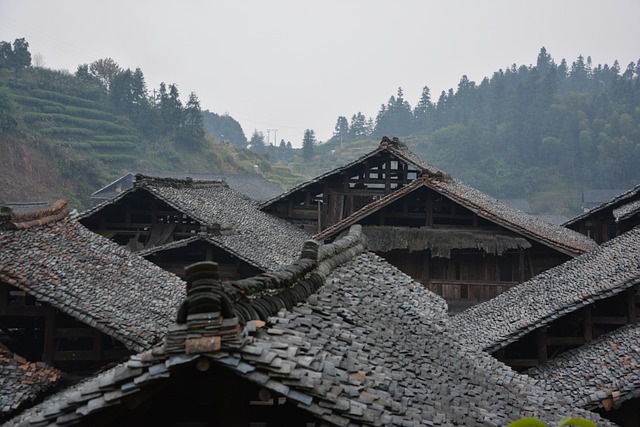
New roof installations in Eugene, Oregon consider climate, building codes, and architectural style……..
We are At Your Service
In the heart of Oregon, nestled between the Cascade Mountains and the Willamette River, lies the vibrant city of Eugene. This charming metropolis has long been known for its natural beauty and progressive spirit. Within this dynamic landscape, “New Roof Installation” stands as a pivotal aspect of urban development, offering both functional and aesthetic solutions to homeowners and commercial property owners alike. This article aims to provide an in-depth exploration of the world of new roof installations specifically tailored to Eugene, Oregon’s unique needs and preferences.
As climate change continues to shape our environment, the need for robust and sustainable roofing solutions has never been more critical. Eugene, with its diverse microclimates and varying weather patterns, requires roofing systems that can withstand extreme conditions while maintaining energy efficiency. This article will guide readers through the intricate process of new roof installation, highlighting key considerations, technological advancements, and best practices specific to the Eugene market.
New roof installation refers to the complete replacement or renovation of a property’s roofing system. It involves several critical components:
Roofing Material Selection: From traditional asphalt shingles to modern metal panels, the choice of material plays a significant role in durability, aesthetics, and energy performance.
Structural Assessment: Before installing a new roof, a thorough inspection of the existing structure is essential to ensure it can support the new roofing system’s weight and load.
Underlayment and Flashing: Underlayment provides an extra layer of protection against moisture, while flashing seals joints and vents, preventing water intrusion.
Ventilation Systems: Proper roof ventilation is vital for temperature regulation, humidity control, and the prevention of extreme wear and tear on roofing materials.
The concept of new roof installation has evolved significantly over time, reflecting changes in building techniques, material science, and environmental awareness. Historically, thatch roofs were common in early European settlements, while native American tribes utilized natural materials like bark and leaves. The industrial revolution brought about the mass production of asphalt shingles, making roofing more accessible and affordable.
In Eugene, as in many parts of Oregon, traditional roofing practices have given way to a focus on sustainability and energy efficiency. Homeowners and businesses are increasingly opting for eco-friendly materials, such as metal roofs, which offer longevity, reduced maintenance, and superior insulation properties. This shift aligns with the region’s commitment to environmental conservation and reflects a broader global trend towards green building practices.
The new roof installation market operates within a global industry that is both complex and dynamic. Several key trends shape its trajectory:
Sustainability Focus: The world is witnessing a rapid adoption of sustainable roofing solutions, driven by environmental regulations, consumer awareness, and government incentives. In Eugene, this trend translates to an increased demand for eco-friendly materials like recycled shingles, bamboo sheets, and metal panels.
Technological Innovations: Advancements in material science have led to the development of high-performance roofing systems with improved durability, energy efficiency, and fire resistance. These innovations are reshaping the industry globally and locally in Eugene.
Digitalization and Smart Homes: The integration of smart technology into roofing systems is gaining momentum. From connected thermostats to solar-powered ventilation, these digital upgrades enhance energy efficiency and provide homeowners with greater control over their properties.
Off-Grid and Remote Communities: In regions with limited access to traditional utility services, off-grid roofing solutions are becoming increasingly popular. Solar-powered roofs and wind turbines integrated into roofing systems offer sustainable alternatives for remote communities in Oregon’s rural areas.
The new roof installation market in Eugene, like many other cities, operates as a competitive sector with various stakeholders:
Contractors and Roofers: Local roofing contractors play a pivotal role, offering specialized services and employing skilled roofer teams.
Manufacturers and Suppliers: Businesses that produce and supply roofing materials have a significant economic impact on the local market, ensuring a steady stream of high-quality products.
Homeowners and Commercial Property Owners: These end-users drive the demand for new roof installations, reflecting their needs for durable, energy-efficient, and aesthetically pleasing roofing solutions.
Investment in new roof installations can be analyzed through several lenses:
Residential vs. Commercial: The residential sector typically accounts for a larger share of the market in Eugene, as single-family homes outnumber commercial buildings. However, the commercial segment is growing, driven by increasing office space development and retrofits.
Public and Private Funding: Local governments often provide incentives and subsidies for roof replacements, encouraging homeowners to invest in new installations. Public-private partnerships also play a role, particularly for large-scale commercial projects.
Long-Term ROI: While the initial investment in new roofs can be substantial, the long-term return on investment (ROI) is significant. Energy savings, improved property values, and reduced maintenance costs make new roof installations a sound financial decision for many Eugene residents and businesses.
Technological advancements have revolutionized the roofing industry:
Metal Roofing: Metal roofs are gaining popularity due to their superior durability, low maintenance, and energy efficiency. Advanced metal panel systems offer a wide range of colors and styles, appealing to both residential and commercial clients.
Cool Roofs: Cool roofs utilize reflective materials and coatings to reduce heat absorption, resulting in lower cooling costs and improved building performance. This technology is particularly beneficial in Eugene’s warm summers.
Smart Shingles: The integration of microchips and sensors into shingles allows for real-time monitoring of roof health, moisture levels, and structural integrity. These smart shingles offer predictive maintenance capabilities and enhanced safety features.
Digital tools have transformed the way roofing projects are planned and executed:
3D Modeling and Design: Advanced 3D modeling software enables contractors to design and visualize roof installations with precision, ensuring accurate material estimates and efficient installation processes.
Building Information Modeling (BIM): BIM technology provides a comprehensive digital representation of the building, including its roofing system. This tool enhances collaboration among architects, engineers, and contractors, leading to better project outcomes.
Roofing Software for Project Management: Specialized software streamlines project management, allowing contractors to track material orders, labor hours, and scheduling, thereby improving efficiency and reducing costs.
The city of Eugene enforces strict building codes and zoning regulations that govern new roof installations:
Building Permits: All roof replacements or additions require obtaining a building permit from the City of Eugene’s Department of Building Services. This process ensures compliance with local codes and safety standards.
Zoning Regulations: Zoning laws dictate permitted uses, set back requirements, and maximum height restrictions for properties, influencing the design and installation of new roofs.
Oregon has established comprehensive energy efficiency standards that impact new roof installations:
Energy Code Requirements: The Oregon Building Code incorporates energy efficiency standards, mandating minimum insulation levels and specific U-values for windows and doors. These regulations promote the use of high-performance roofing materials that contribute to overall energy conservation.
Renewable Energy Incentives: The state offers incentives and rebates for installing renewable energy systems, encouraging homeowners and businesses to incorporate solar panels or other alternative energy sources into their new roof designs.
Environmental considerations play a significant role in shaping the roofing industry:
Waste Management: Local regulations require proper disposal and recycling of roofing waste, including old shingles and metal. Contractors must adhere to these guidelines to minimize environmental impact.
Asbestos and Lead Safety: Strict protocols are in place for handling materials containing asbestos or lead, ensuring the safety of workers and the community during new roof installations.
Despite its numerous benefits, the new roof installation process faces several challenges:
High Initial Costs: One of the primary barriers is the high upfront cost of premium roofing materials and specialized labor. This can deter homeowners from pursuing necessary roof replacements.
Weather Delays: Eugene’s unpredictable weather patterns, including heavy rainfall and strong winds, can cause delays in new roof installations, impacting project timelines and budgets.
Skilled Labor Shortage: The roofing industry faces a skilled labor shortage, making it challenging to find qualified contractors and roofers who can handle complex installations.
Permitting and Red Tape: Navigating building permits and local regulations can be cumbersome for both homeowners and contractors, leading to potential delays and additional costs.
To address these issues, several strategies can be employed:
Financing Options: Offering financing plans or partnering with banks to provide loans for new roof installations can make premium materials more accessible to homeowners.
Weather-Resistant Materials: Specifying weather-resistant roofing systems and utilizing advanced materials like metal panels can mitigate the impact of adverse weather conditions.
Training and Education: Investing in training programs to upskill labor forces and raising awareness about the benefits of new roof installations among homeowners can address labor shortages.
Streamlined Permitting: Simplifying the permitting process through digital platforms and providing clear, concise guidelines can reduce delays and enhance efficiency.
The University of Oregon recently completed a transformative new roof installation project on one of its historic buildings. The goal was to create a sustainable, energy-efficient space while preserving the building’s architectural integrity. The solution involved installing a green roof with deep soil profiles, supporting diverse plant life and providing insulation benefits.
Key Features:
A local shopping center in downtown Eugene embarked on a significant roof renovation project to enhance its energy efficiency and curb appeal. The challenge was to replace the existing roof while minimizing disruption to tenant businesses during peak seasons.
Solution and Outcomes:
The new roof installation market in Eugene, Oregon, is poised for continued growth and innovation:
Emerging Technologies: Advancements in roofing technology, such as self-repairing materials, smart sensors, and integrated solar panels, will revolutionize the industry.
Sustainable Focus: The demand for eco-friendly roofs will remain strong, driving the adoption of green roofing systems, recycled materials, and renewable energy integrations.
Digital Transformation: Digital tools and technologies will play an increasingly vital role in design, project management, and monitoring, improving efficiency and customer experiences.
Customized Solutions: Homeowners and businesses will seek personalized roof designs that reflect their unique aesthetics and functional requirements.
New roof installation is a complex yet essential aspect of urban development, offering both practical solutions to weather-related challenges and opportunities for sustainability and innovation. In Eugene, Oregon, the market operates within a dynamic framework, influenced by global trends, local regulations, and evolving consumer preferences. By understanding the core components, historical context, economic factors, technological advancements, and regulatory environment, stakeholders can navigate this industry effectively.
The case studies presented highlight successful applications that demonstrate the potential of new roof installations to transform properties while addressing environmental and functional needs. As technology continues to evolve and sustainability becomes a cornerstone of building practices, the future of new roof installations in Eugene looks bright, promising innovative solutions for a more resilient and environmentally conscious community.
Q: How do I know if my roof needs replacement?
A: Regular inspections can reveal signs of wear and tear, including missing or damaged shingles, flashing issues, mold growth, or uneven insulation. If your roof is older than 20 years, exhibits any of these issues, or you’ve noticed increased energy bills, it might be time for a new roof installation.
Q: What are the benefits of a metal roof?
A: Metal roofs offer superior durability, resistance to fire and moisture, low maintenance, and excellent energy efficiency. They also provide a wide range of aesthetic options, from traditional styles to modern designs, making them popular choices for both residential and commercial properties.
Q: How can I make my new roof more energy-efficient?
A: There are several ways to enhance energy efficiency, including choosing cool roofs with reflective materials, installing proper insulation, utilizing high-performance windows and doors, and integrating renewable energy sources like solar panels into your roof design.
Q: What should I consider when selecting a roofing contractor?
A: Look for licensed and insured contractors with proven experience in new roof installations. Check online reviews, request references, and ensure they adhere to local building codes and safety standards. A reputable contractor will provide transparent pricing, detailed proposals, and excellent customer service throughout the project.

New roof installations in Eugene, Oregon consider climate, building codes, and architectural style……..

Roof installation in Eugene, Oregon requires understanding local climate and building codes. Durable…….

When installing a new roof in Eugene, Oregon, choose top-rated roof installation pros for expert gui…….

When installing a new roof in Eugene, Oregon, consider local climate (rainfall, snow, winds), consul…….
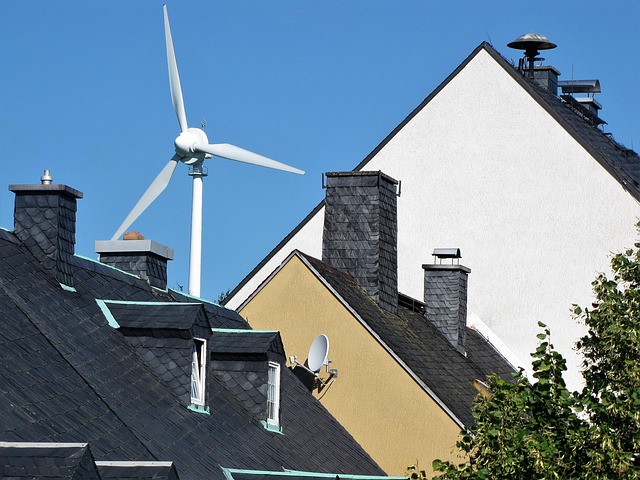
When installing a new roof in Eugene, Oregon, consider local climate, building codes, and energy eff…….

Roof installation is a complex task best entrusted to seasoned professionals (roof installation pros…….
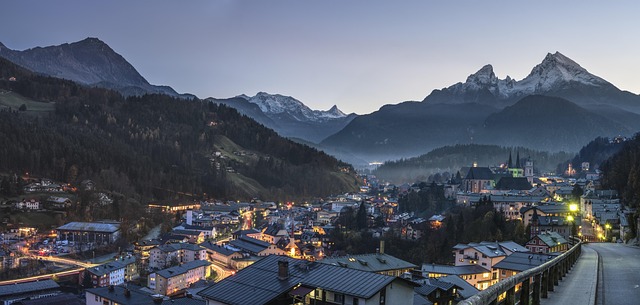
Choosing top-rated roof installation pros in Eugene, Oregon is vital for durable, weather-resistant…….
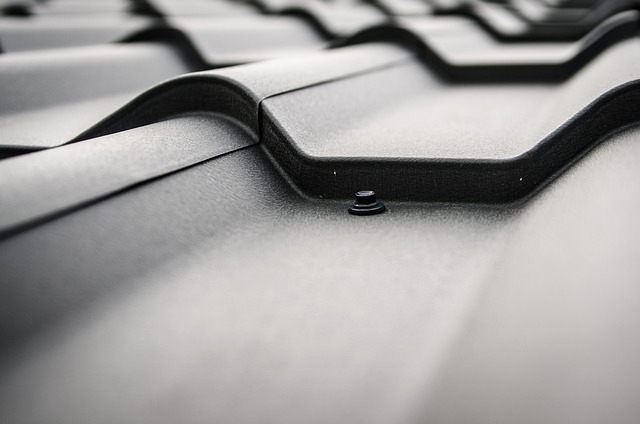
When looking for roof installation in Eugene, Oregon, prioritize contractors with local expertise of…….
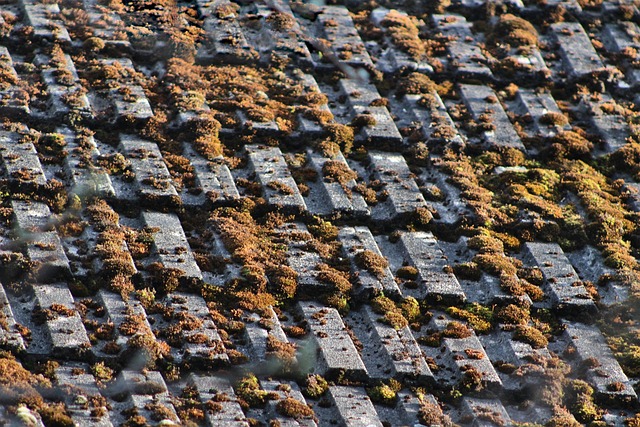
Hire reputable roof installation pros in Eugene, Oregon by checking online reviews, using personal r…….